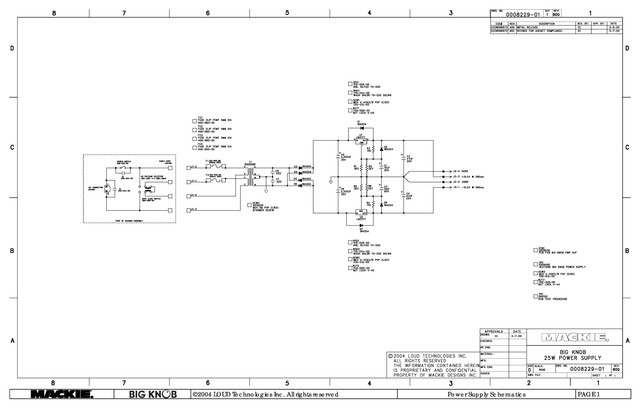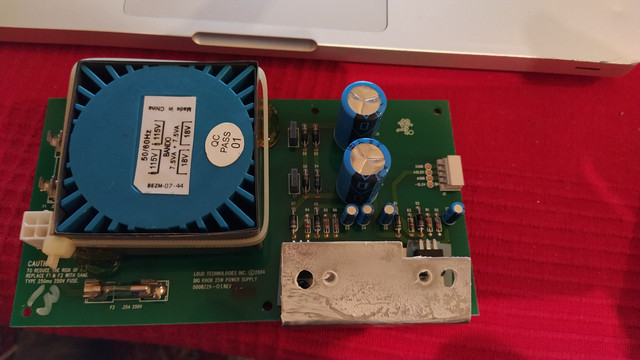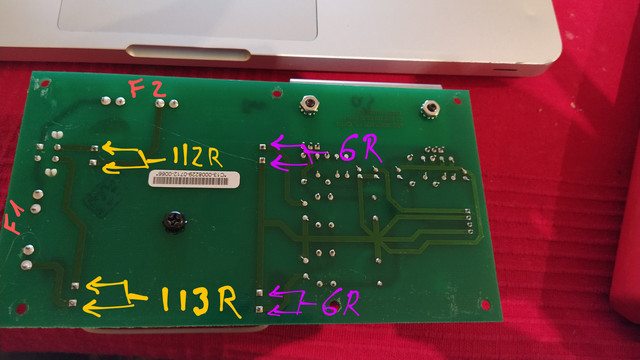sonolink
Well-known member
Hello,
I had this Mackie Big Knob in the cupboard for a couple of years. I used it in the studio for about a year before putting it away and it worked fine all the time. I was about to give it to a friend that is opening a small studio since I don't use it anymore and surprise! it won't power up. No LEDs at all....
So I opened it up and checked the fuses. Visually they look ok but one won't check continuity.
According to the schem here

there is a fuse for each transformer winding. Could it be that one winding is shorted or would the problem come from elsewhere?
Fuses required are 250mA. The closest I have is 800mA. Is it safe to take out the PSU, and check voltages with a 1A fuse or I should go get a 250mA to do that? Or is it obvious that the trafo is dead and I should just order a replacement?
All your advice is as usual very much appreciated
Thanks
Sono
I had this Mackie Big Knob in the cupboard for a couple of years. I used it in the studio for about a year before putting it away and it worked fine all the time. I was about to give it to a friend that is opening a small studio since I don't use it anymore and surprise! it won't power up. No LEDs at all....
So I opened it up and checked the fuses. Visually they look ok but one won't check continuity.
According to the schem here

there is a fuse for each transformer winding. Could it be that one winding is shorted or would the problem come from elsewhere?
Fuses required are 250mA. The closest I have is 800mA. Is it safe to take out the PSU, and check voltages with a 1A fuse or I should go get a 250mA to do that? Or is it obvious that the trafo is dead and I should just order a replacement?
All your advice is as usual very much appreciated
Thanks
Sono















